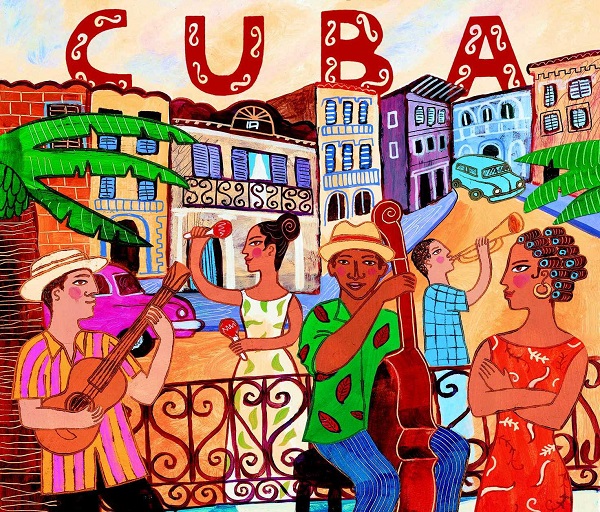11.7.17 Lázaro García

Lázaro García is a prominent Cuban singer-songwriter born in the province of Cienfuegos. He had a strong musical inclination from childhood. He sang and recited songs in school during his early years.
With a practically empirical musical training, at the age of 18, he joined a small group in his city that at the time performed Spanish versions of Beatles songs; and in 1962, he began performing boleros at the Hotel Jagua. His first guitar lessons were guided by maestro Tomás Sierra, and later he began discovering new harmonies with Felito Molina, an uncle of Argelia Fragoso, who was his neighbor and whom he considers his musical father. With him, he began his interest in the Feeling movement; he founded the group Los Jaguares and began exploring this trend as a composer.
In 1972, he began to take an interest in the Nueva Trova movement, of which he was one of the founders, along with Silvio Rodríguez, Pablo Milanés, Noel Nicola, and Vicente Feliú, among others. Within this movement, he was a member of the National Executive and a promoter in the central provinces of the country. In 1976, he was appointed National Vice President of MNT and later headed the International Commission that would promote the New Latin American Song Movement. He is also the founder of the Nueva Trova group of Santa Clara.
Lázaro García is an insatiable reader of poetry, and his compositions reveal a mastery of meter. With a distinctive style, his musical work displays great maturity and a keen sense of color. Songs such as “Al sur de mi mochila,” “Hoy logré tenerte,” “Dardos de miel,” “Carretón,” “La emboscada,” “Carta de provincia,” and “Hay que saber que la vida sigue” are just a sample of the excellent musical compositions of his work. He is also the author of the theme song for the popular Cuban Television program “Palmas y cañas.”
The sensitive singer-songwriter has toured numerous countries such as Mexico, Costa Rica, Colombia, Ecuador, Peru, Uruguay, Argentina, Panama, Chile, Bolivia, Nicaragua, Grenada, Angola, Algeria, Western Sahara, Libya, the Sahrawi Arab Republic, Austria, Czechoslovakia, Spain and France.
He has performed in various editions of the Adolfo Guzmán Competition, an event in which he has won several awards. In 1981, he won first prize for Cuban Music with his work “Tejiendo un rostro en la canción” (Weaving a Face in Song); in 1985, he won the Grand Prize for “Inclina el cetro flor” (Inclines the Flower Scepter); and in 1986, he won first prize for “Sigue el sueño rumbo al sol” (Follow the Dream Towards the Sun).
Lázaro García is, without a doubt, a genuine cultivator of troubadour song, and his beautiful lyrics, along with his authentic Cuban spirit, have made him one of the most prominent exponents of this genre in Cuban culture.








